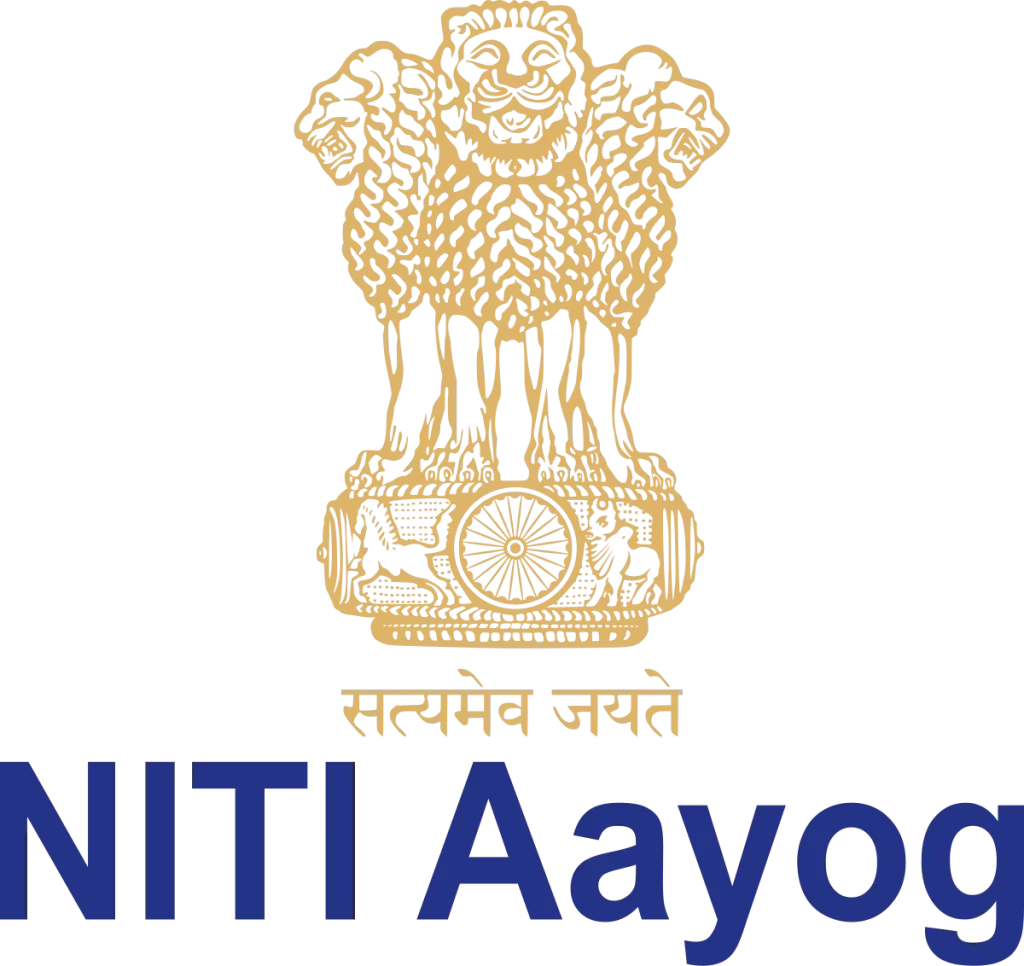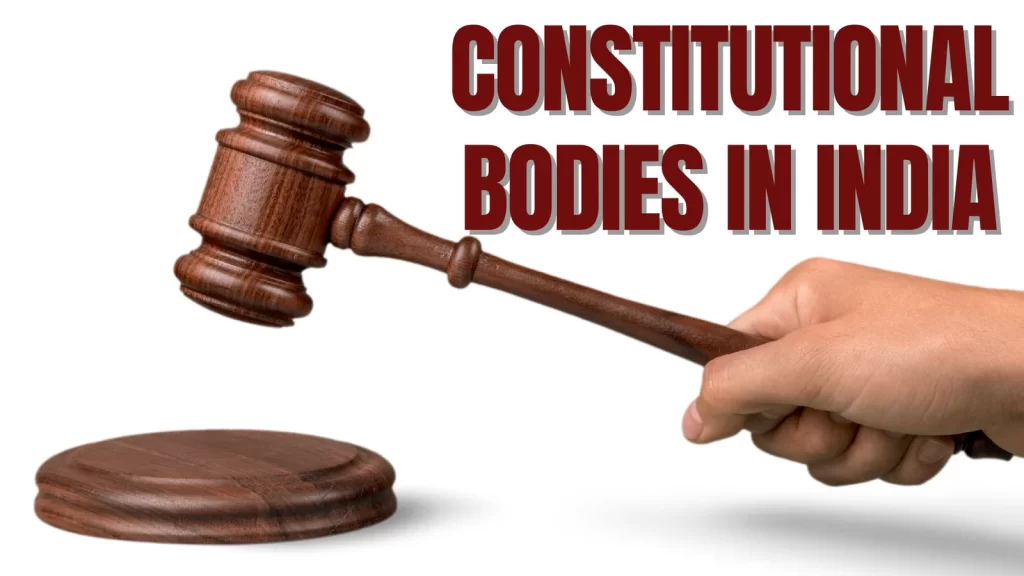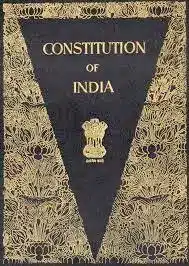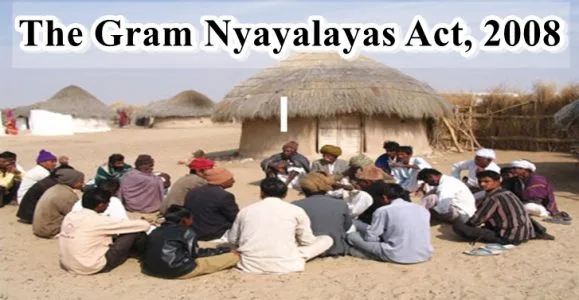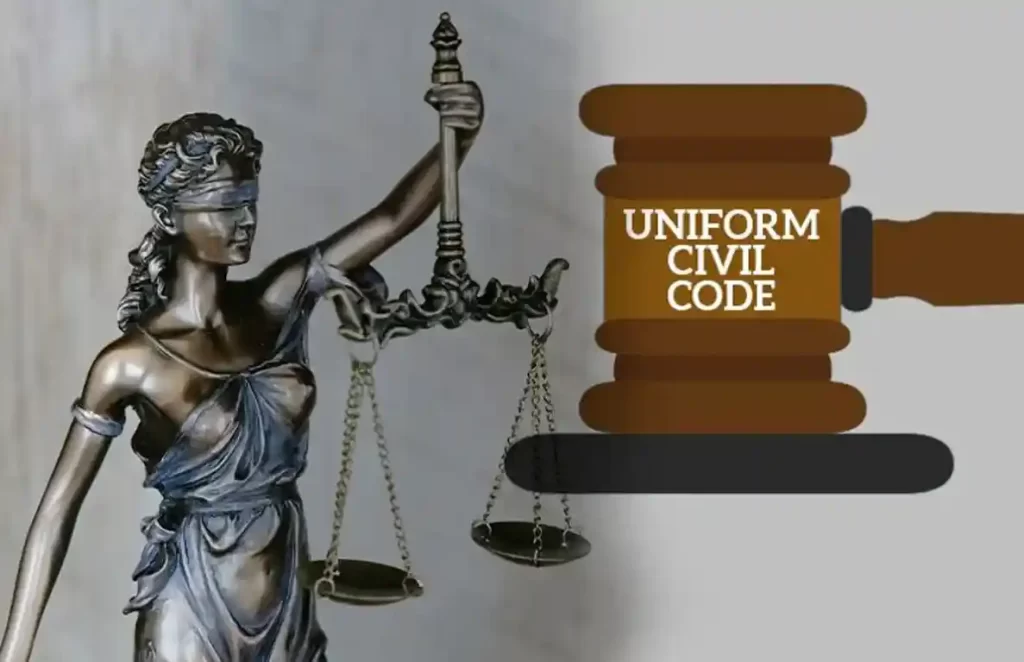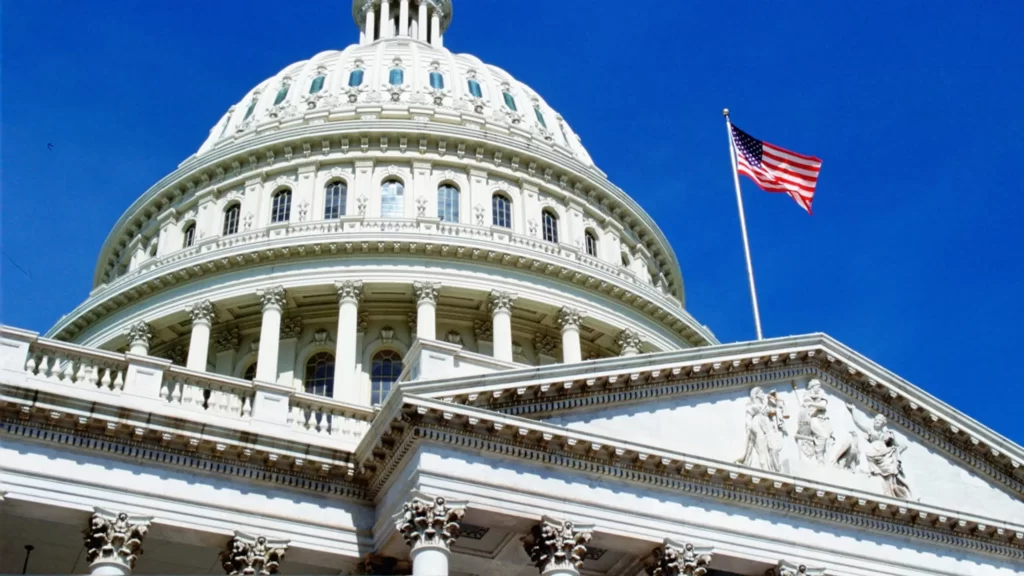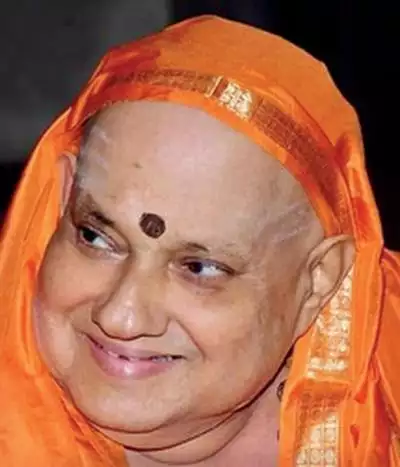Public Interest Litigation (PIL)
Public Interest Litigation (PIL) means litigation filed in a court of law for the protection of “public interest”. Any matter where the public interest at large is affected can be redressed by filing a PIL in a court of law like pollution, terrorism, road safety, construction hazards etc.
- The expression ‘Public Interest Litigation’ has been borrowed from American jurisprudence, where it was designed to provide legal representation to previously unrepresented groups like the poor, racial minorities, unorganized consumers, citizens who were passionate about environmental issues, etc.
- Public interest Litigation (PIL) means litigation filed in a court of law, for the protection of “Public Interest”, such as Pollution, Terrorism, Road safety, Construction hazards, etc. Any matter where the interest of the public at large is affected can be redressed by filing a Public Interest Litigation in a court of law.
- Public interest litigation is not defined in any statute or in any act. It has been interpreted by judges to consider the intent of the public at large.
- Public interest litigation is the power given to the public by courts through judicial activism. However, the person filing the petition must prove to the satisfaction of the court that the petition is being filed for the public interest and not just as a frivolous litigation by a busybody.
- The court can itself take cognizance of the matter and proceed suo motu or cases can commence on the petition of any public-spirited individual.
- Some of the matters that are entertained under Public Interest Litigation are Neglected Children, Bonded Labour matters, Atrocities on Women, Non-payment of minimum wages to workers, exploitation of casual workers, food adulteration, Environmental pollution, and disturbance of ecological balance, Maintenance of heritage and culture, etc.
Who Can File a PIL and Against Whom?
- Any citizen can file a public case by filing a petition:
- Under Art 32 of the Indian Constitution, in the Supreme Court.
- Under Art 226 of the Indian Constitution, in the High Court.
- Under sec. 133 of the Criminal Procedure Code, in the Court of Magistrate.
- However, the court must be satisfied that the Writ petition fulfills some basic needs for PIL as the letter is addressed by the aggrieved person, a public-spirited individual, and a social action group for the enforcement of legal or Constitutional rights to any person who is not able to approach the court for redress.
- A Public Interest Litigation can be filed against a State/ Central Govt., Municipal Authorities, and not any private party. The definition of State is the same as given under Article 12 of the Constitution and this includes the Governmental and Parliament of India and the Government and the Legislature of each of the States and all local or other authorities within the territory of India or under the control of the Government of India.
Evolution of PIL
- Justice Krishna Iyer first introduced the idea of public interest litigation in India in Mumbai Kamagar Sabha vs. Abdul Thai in 1976.
- Hussainara Khatoon v. State of Bihar (1979) was the first PIL case to be publicly known. It focused on the inhumane treatment of prisoners and those awaiting trial and resulted in the release of more than 40,000 such prisoners. It became clear that these convicts had been denied one of their most basic rights: the right to swift justice. In succeeding cases, the same predetermined pattern was used.
- In the case of S.P. Gupta v. Union of India, Justice P.N. Bhagawati marked the beginning of a new phase in the PIL movement. In this case, it was decided that “any member of the public or social action group acting bona fide” could use the Supreme Court’s (Article 32) or the High Court’s (Article 226) Writ Jurisdiction to seek redress against the violation of a person’s legal or constitutional rights if they are unable to approach the court due to a social, economic, or other disability. By virtue of this decision, PIL became a powerful tool for the enforcement of “public duties” where an executive action or wrongdoing caused harm to the public.
Justice Bhagwati worked hard to ensure that the idea of PILs was articulated clearly. - M.C. Mehta v. Union of India: In a Public Interest Litigation initiated against Ganga water pollution in order to stop future contamination of Ganga water, the Supreme Court ruled that the petitioner, who is not a riparian owner but is interested in safeguarding the lives of those who utilize Ganga water, is allowed to petition the court for the execution of statutory restrictions.
- In the case of Vishaka v. State of Rajasthan, the court found that sexual harassment violated Article 14, Article 15, and Article 21 of the Constitution.
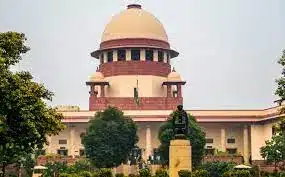
Successful PIL Cases
- Vishaka Guidelines, published in 1997, provided employers with a definition of sexual harassment, a list of preventative strategies, and information on how to file complaints.
- M.C. Mehta v. Union of India, 1987: In an article for the constitutional bench, Justice P.N. Bhagwati emphasizes the need for India’s sustainable development to incorporate the polluter pays principle.
- The SC ordered the release of 40,000 undertrials who had served the maximum amount of time in Hussainara Khatoon v. the State of Bihar.
- In the Parmanand Katara case, the court provided hospitals total discretion to handle an emergency without concern for pending police investigations.
- In the Sheela Barse case, the SC ordered that women prisoners be housed in separate police cells to protect them from additional abuse and suffering.
- In the 1988 Supreme Court MC Mehta case, the court chastised local officials for allowing untreated sewage.
- The SC emphasized the right of undertrials to be protected from being held in solitary confinement in the Sumit Batra Case.
- The PIL assisted the SC in canceling 122 2G licenses that had been improperly granted.
- In the Indira Sawhney case, the court ruled that once a certain group is sufficiently represented in society, the tenure of such a system should not exceed ten years.
- In the 2014 NALSA case, the court acknowledged that those who identify as the third gender or who are transgender are entitled to fundamental rights.
- The Shreya Singhal Case invalidated the unconstitutional detentions undertaken under Section 66A of the IT Act as a result of internet material posting.
Significance of PIL
- The aim of PIL is to give the common people access to the courts to obtain legal redress.
- PIL is an important instrument of social change and for maintaining the Rule of law and accelerating the balance between law and justice.
- The original purpose of PILs has been to make justice accessible to the poor and the marginalized.
- It is an important tool to make human rights reach those who have been denied rights.
- It democratizes access to justice for all. Any citizen or organization who is capable can file petitions on behalf of those who cannot or do not have the means to do so.
- It helps in judicial monitoring of state institutions like prisons, asylums, protective homes, etc.
- It is an important tool for implementing the concept of judicial review.
- Enhanced public participation in judicial review of administrative action is assured by the inception of PILs.
Certain Weaknesses of PIL
- PIL actions may sometimes give rise to the problem of competing rights. For instance, when a court orders the closure of a polluting industry, the interests of the workmen and their families who are deprived of their livelihood may not be taken into account by the court.
- It could lead to overburdening of courts with frivolous PILs by parties with vested interests. PILs today have been appropriated for corporate, political, and personal gains. Today the PIL is no longer limited to problems of the poor and the oppressed.
- Cases of Judicial Overreach by the Judiciary in the process of solving socio-economic or environmental problems can take place through the PILs.
- PIL matters concerning the exploited and disadvantaged groups have been pending for many years. Inordinate delays in the disposal of PIL cases may render many leading judgments merely of academic value.
Conclusion
- Public Interest Litigation has produced astonishing results that were unthinkable three decades ago. Degraded bonded labourers, tortured under trials and women prisoners, humiliated inmates of protective women’s homes, blinded prisoners, exploited children, beggars, and many others have been given relief through judicial intervention.
- The greatest contribution of PIL has been to enhance the accountability of the governments towards the human rights of the poor.
- The PIL develops a new jurisprudence of the accountability of the state for constitutional and legal violations adversely affecting the interests of the weaker elements in the community.
- However, the Judiciary should be cautious enough in the application of PILs to avoid Judicial Overreach that is violative of the principle of Separation of Power.
- Besides, the frivolous PILs with vested interests must be discouraged to keep its workload manageable.
Also refer:
- Top 50 Indian Polity MCQs
- Difference Between Procedure Established by Law and Due Process of Law
- Difference Between Fifth Schedule And Sixth Schedule
- Top 50 Science MCQs For Competitive Exams
- Know About The Different Financial Sector Regulators In India

